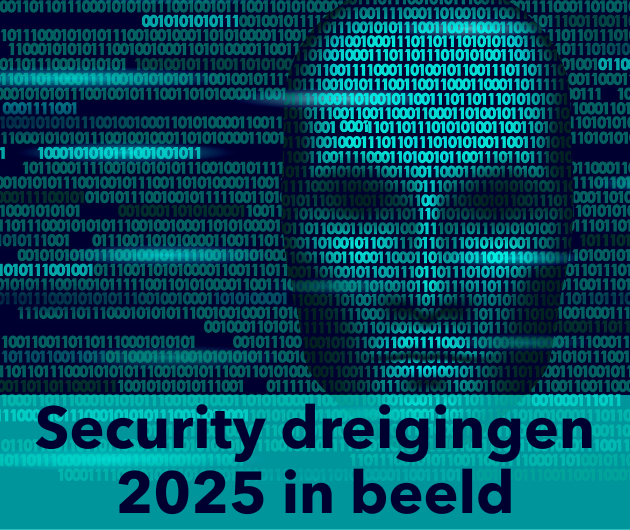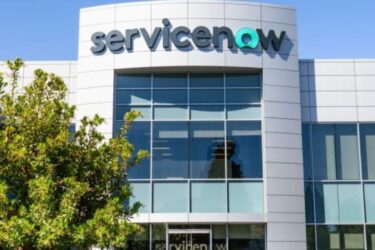Oh, how the mighty have fallen! Among all the recent announcements from IBM is hidden some interesting details of new communication products. These are all Cisco systems, replacing IBM’s own product range.
The relationship between IBM and Cisco has been growing stronger over the last few years, culminating in their total cooperation; IBM is now probably the major OEM among Cisco’s many conquests.
It may not be so surprising to younger IT workers brought up in the Internet era, but it is only ten or so years ago that IBM dominated the communication industry. System Network Architecture (SNA) dominated business communications networking. The competition was pathetic, either other proprietary networks from Digital (DECnet), Honeywell, UNISYS, etc. and (even more pathetic) the Open Systems (OSI) efforts. In those days TCP/IP was the new thing, invented for the replacement for the APRANET and adopted by the Unix community across the board.
It is worth remembering why SNA was so important to IBM and why they missed the TCP/IP boat. Unix, the PC (and client/server architectures), local area networks and the Internet were all new concepts. IBM’s main business was based on transaction processing for large scale organisations, and in those days that was based on large, central computers (just as it is becoming again with the influence of e-commerce). Thus SNA was designed to join quite a lot of remote terminal controllers to a central site. A primary goal was security and recovery, allowing for the problems of low speed and reliability of the available telephone networks. It was above all a transaction network protocol and as such was efficient at supporting a lot of short messages, with recovery. This had been achieved with the earlier BSC, but SNA used the more efficient bit-protocols (SDLC) and in particular supported a new peer-to-peer logical unit to enable mixed computer-to-computer and terminal-to-computer traffic. But it was still only targeted at networks of a few large computers.
IBM did partake in the growth of LANs, but with their own Token-ring, which lost out to the mass production (and thus lower price) of the Ethernet.
Long before the Internet became important, the combination of PC, Ethernet and Unix servers took off, leaving IBM high and dry. They tried to use Token ring and SNA in LANs, which was totally unsuitable. There are lots of PCs in a network and IP proved to be the best available protocol to link many-to-few, and it was satisfactorily married to the Ethernet by Sun. And so, with the exception of Novell, the PC/Unix industry moved totally to TCP/IP protocols.
When the Internet eventually took off, it was easy to mix PC/Unix LANs with the wide area systems which left SNA out in the cold. In the early days IBM preached the genuine advantages of SNA over IP, but the fact is that this is only true for dedicated transaction processing. The rigidity of SNA compared to the flexibility of IP is a disadvantage in today’s world.
Belatedly IBM introduced support for Ethernet and TCP/IP, with combinations of host-based code and features in front-end processors (37xx). Inter working with the MVS communication software, VTAM, was featured. IBM introduced various boxes to add TCP/IP support and even developed a range of dedicated IP router products. But the "range" of IP/SNA products, seen as essential to the existing IBM mainframe users, was a turn-off for everyone else. The result we all now know well, a host of companies set up from scratch to produce IP router-based networking products, a battle eventually won and now dominated by Cisco.
IBM fought Cisco for a long time, but the writing was on the wall when Cisco produced SNA integration services on their IP production, which not surprisingly proved more attractive in general than IP added to IBM products. There was however a hint of future cooperation when a few years ago, Cisco licenced IBM technology which allowed them to produce a specific IP product which attached directly to an IBM channel (the internal I/O processor in a mainframe). Communication product vendors had always fought shy of channel attachment because IBM could "tweak" the microcode and create reliability problems. This problem Cisco avoided by licencing the technology. That IBM licenced the technology was a surprise at the time, but not any longer. From now on IBM communication products are in fact Cisco products. IBM has become a reseller for Cisco, which if IBM can swallow the bitter pill, is probably in both their interests. RIP the 3745!








